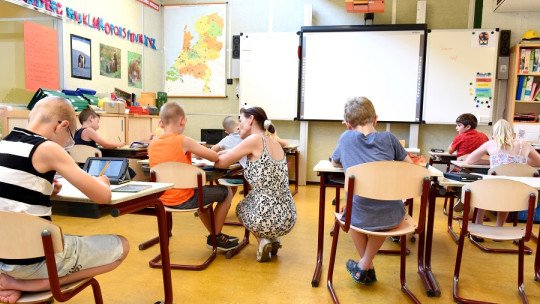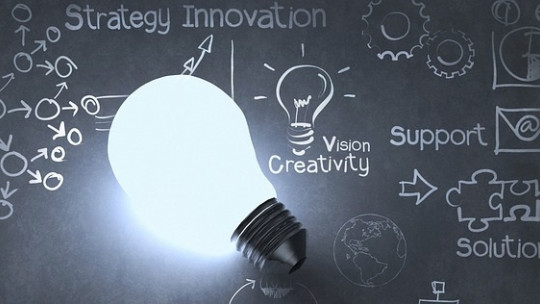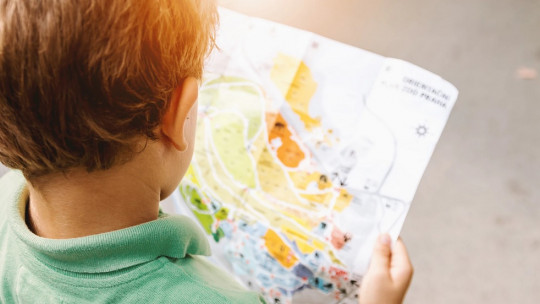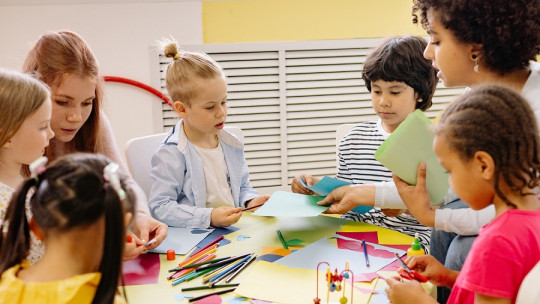
In the world of education, where the exchange of knowledge and the development of skills are protagonists, a fundamental factor has frequently been underestimated: emotions. Classrooms are not mere instructional settings, but also spaces where the feelings, attitudes and perceptions of teachers and students intertwine.
Why is it important to consider emotions in the classroom? The need for efficient pedagogy and innovative teaching methods is often emphasized, but it is equally crucial to understand how emotions can act as catalysts or barriers in the educational process. From the joy and excitement that comes from understanding a new concept clearly to the anxiety during a presentation, learning cannot be understood without the impact of emotions.
In this article, we will explore how emotions can influence the way we assimilate information and how we can foster an emotionally positive environment in the classroom to face the emotional challenges of the education process
Relationship between emotions and learning
Imagine being completely absorbed in a lesson that piques your curiosity and fills you with excitement. In this emotional state, your mind is more receptive and open to new information. In fact, the release of certain chemicals in the brain, such as dopamine, in response to positive emotions, can improve memory and facilitate long-term retention. These emotional moments not only make learning more enjoyable, but they also optimize our ability to process and remember what we are learning.
On the other hand, negative emotions, such as stress or anxiety, can have an adverse impact on learning. When we are in a state of tension, the areas of the brain responsible for concentration and critical reasoning can be affected. In anxious situations, the mind may be busy worrying about performance or the possibility of making mistakes, rather than focusing on understanding the material presented. This can lead to a mental block and difficulties processing information effectively.
A common example of how emotions influence learning is the phenomenon known as the “emotional appraisal effect.” In this case, the emotions we experience during information acquisition become emotional anchors that can help us remember concepts better when we experience similar emotions later. Therefore, a lesson in which we experienced enthusiasm and satisfaction can become more firmly rooted in our memory and accessible in the future.
Positive emotions in the classroom
As we have been commenting, the classroom should not be considered a space solely for the transmission of data, but also as a fertile ground for the cultivation of emotions that enhance the learning and well-being of students. Some of the emotions with the greatest positive impact on education are:
1. Motivation
The motivation acts as an internal engine for search and active participation in learning When students feel intrinsic motivation, they show greater interest in exploring new ideas and challenges.
2. Joy
Joy is valuable as it not only makes learning more enjoyable, but also increases retention of information. Laughter and fun release endorphins creating a positive environment that facilitates collaboration and the exchange of ideas between students.
3. Curiosity
Curiosity drives us to ask questions and seek answers, being another essential component of learning. Fostering an environment that encourages questioning and exploration can lead to deeper, more meaningful learning.
Negative emotions and learning to manage them
In the same way that emotions with a positive impact are considered, negative emotions must be taken into account in the classroom that can make the development of classes and the acquisition of knowledge more difficult. affecting both performance and student experience
Stress, for example, can activate the “fight or flight” response in the brain, which can make it difficult to concentrate and retain information. Performance-related anxiety can lead to mental blocks and reduce classroom participation. Frustration over challenges or difficulties can undermine a student’s confidence and affect their willingness to learn.
Managing these negative emotions is essential to creating a healthy learning environment. Educators can implement strategies that help students cope with stress and anxiety, such as relaxation techniques and promoting a non-judgmental environment. Fostering a growth mindset, where mistakes are seen as opportunities to learn, can reduce frustration and increase resilience.
How to integrate emotions into teaching
To conclude this article, we are going to give you some ideas to integrate emotions into teaching. Consciously integrating emotions recognizes their importance and takes advantage of their potential as a pedagogical tool. Remember to always adapt all your teaching strategies to each specific case and situation in each classroom.
1. Empathy
Understanding students’ emotions and perspectives through empathy allows educators to adapt their teaching approach and offer necessary support. Creating a safe and welcoming space where students feel valued and understood facilitates emotional expression and commitment to learning
2. Use of personal stories and experiences
Using stories and personal experiences can connect students emotionally to the material. Stories that resonate with students’ experiences not only capture their attention, but also encourage empathy and reflection.
3. Moments of self-reflection
Incorporate moments of self-reflection into the teaching process gives students the opportunity to explore their own emotions in relation to the content Reflective questions or learning journals can stimulate self-knowledge and emotional understanding.








